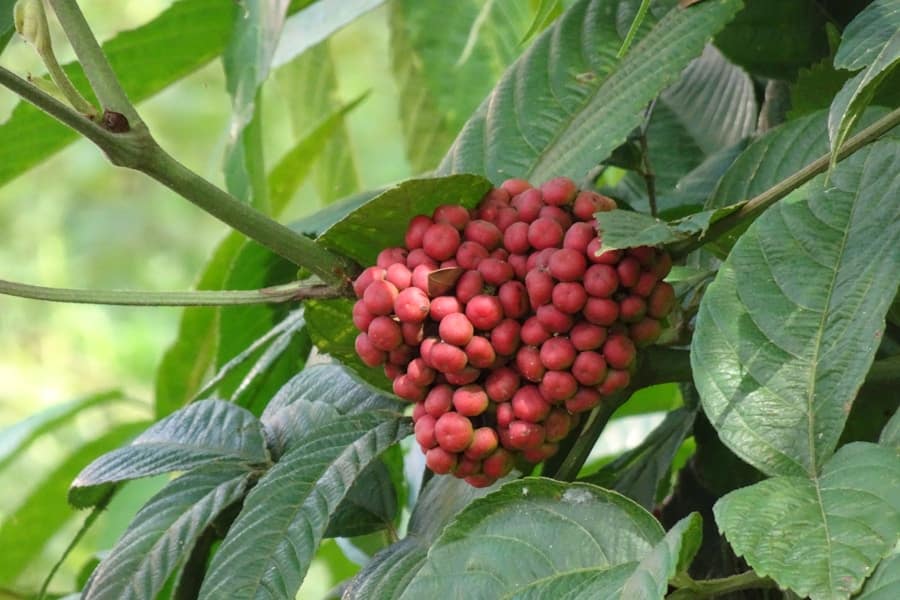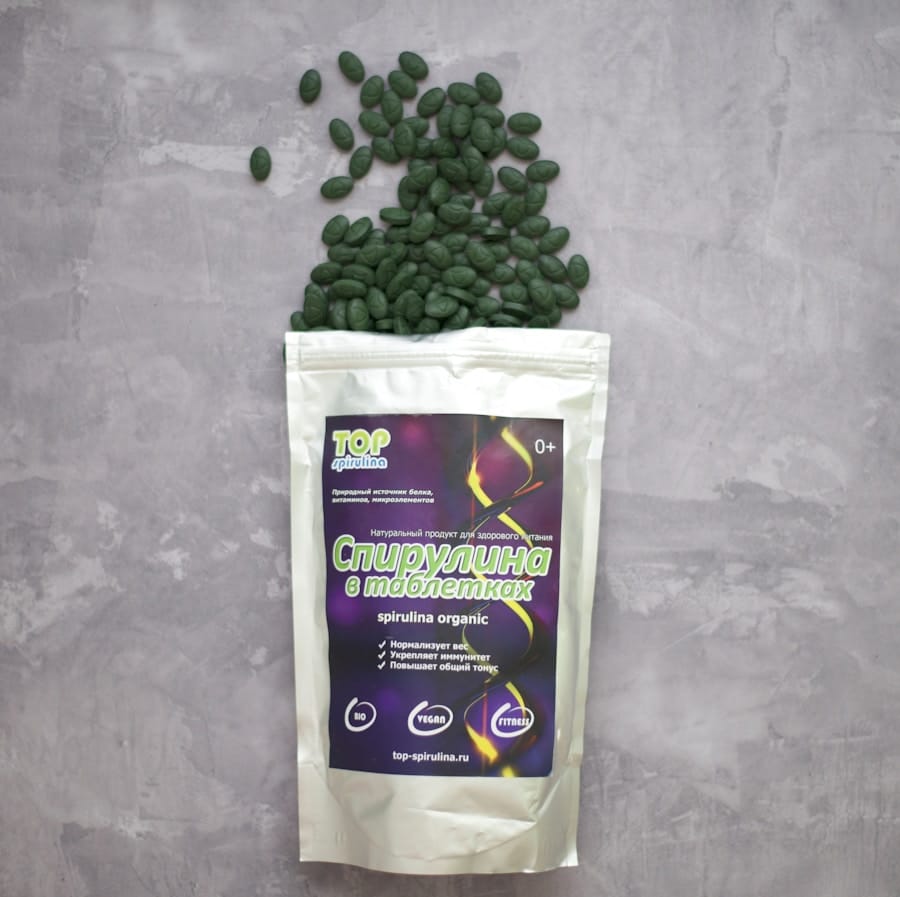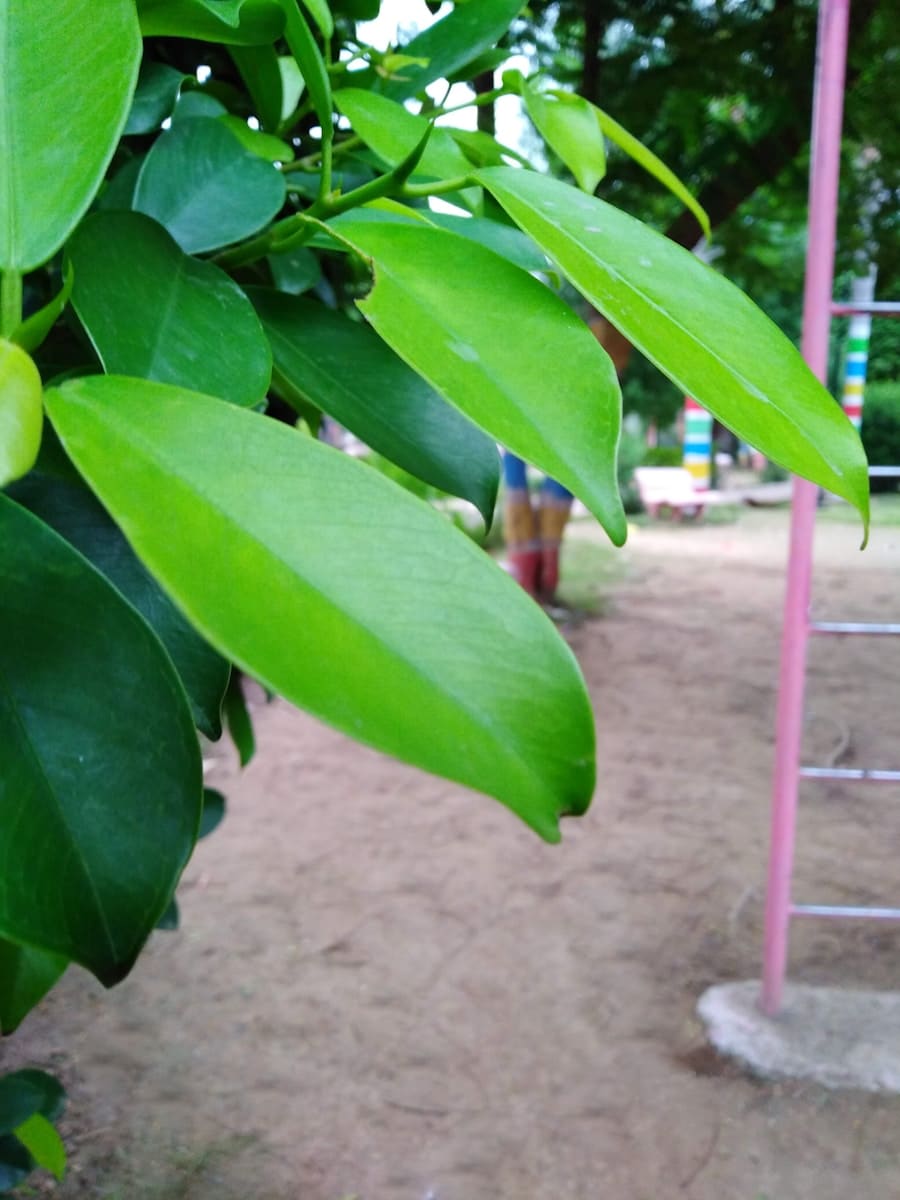The rubber plant, scientifically known as Ficus elastica, is a popular houseplant that belongs to the Moraceae family. Native to Southeast Asia, particularly in regions like Indonesia and Malaysia, this evergreen tree can grow quite tall in its natural habitat, reaching heights of up to 100 feet. However, when cultivated indoors, it typically remains much smaller, making it an ideal choice for home decor.
These striking leaves not only add aesthetic value but also contribute to the plant’s air-purifying qualities, making it a favorite among indoor gardeners. In addition to its visual appeal, the rubber plant is relatively easy to care for, which adds to its popularity.
It thrives in bright, indirect light but can also tolerate lower light conditions, although this may affect its growth rate and leaf coloration. The rubber plant is also known for its resilience; it can withstand periods of neglect, making it suitable for both novice and experienced plant enthusiasts. However, understanding the specific needs of the rubber plant, particularly regarding nutrition and fertilization, is crucial for ensuring its health and longevity. Soil Compost can greatly benefit from the use of organic fertilizers, for more information visit Soil Compost Fertilizers.
Key Takeaways
- Rubber plants are popular indoor plants known for their large, glossy leaves and easy care requirements.
- Choosing the right fertilizer is crucial for the healthy growth of rubber plants.
- Factors to consider when selecting fertilizer for rubber plants include the plant’s age, growth stage, and environmental conditions.
- Different types of fertilizers, such as liquid, granular, and slow-release, can have varying effects on rubber plant growth.
- When applying fertilizer to rubber plants, it’s important to follow the instructions on the product label and avoid common mistakes such as over-fertilizing.
The Importance of Choosing the Right Fertilizer for Rubber Plants
Selecting the appropriate fertilizer for rubber plants is essential for promoting robust growth and maintaining vibrant foliage. Fertilizers provide the necessary nutrients that plants require to thrive, including macronutrients like nitrogen, phosphorus, and potassium, as well as micronutrients such as iron, magnesium, and manganese. Each of these nutrients plays a vital role in various physiological processes within the plant.
For instance, nitrogen is crucial for leaf development and overall growth, while phosphorus supports root development and flowering. Using the right fertilizer not only enhances the growth rate of rubber plants but also improves their resilience against pests and diseases. A well-nourished rubber plant is better equipped to fend off common issues such as leaf drop or yellowing leaves, which can be indicative of nutrient deficiencies.
Moreover, proper fertilization can lead to more vibrant foliage and a healthier overall appearance. Therefore, understanding the nutritional needs of rubber plants and selecting a suitable fertilizer is a fundamental aspect of successful indoor gardening.
Factors to Consider When Selecting Fertilizer for Rubber Plants

When choosing fertilizer for rubber plants, several factors must be taken into account to ensure optimal growth. One of the primary considerations is the age and size of the plant. Young rubber plants typically require less fertilizer than mature specimens.
For instance, a small rubber plant may benefit from a diluted liquid fertilizer every few weeks during the growing season, while a larger plant may need a more concentrated application. Additionally, the growth stage of the plant—whether it is actively growing in spring and summer or entering dormancy in fall and winter—should influence fertilizer selection. Another critical factor is the type of soil in which the rubber plant is potted.
Well-draining potting mixes are essential for rubber plants to prevent root rot, which can occur if the soil retains too much moisture. Fertilizers that are specifically formulated for indoor plants or those that contain slow-release granules can be beneficial in maintaining consistent nutrient levels without overwhelming the plant. Furthermore, understanding the pH level of the soil can help in selecting fertilizers that are compatible with the plant’s nutrient uptake capabilities.
Source: Royal Horticultural Society
Different Types of Fertilizers and Their Effects on Rubber Plant Growth
| Fertilizer Type | Effect on Rubber Plant Growth |
|---|---|
| Nitrogen-based Fertilizer | Stimulates leaf and stem growth, improves overall plant health |
| Phosphorus-based Fertilizer | Promotes root development and flowering, enhances fruit and seed production |
| Potassium-based Fertilizer | Strengthens plant structure, improves disease resistance |
| Organic Fertilizer | Enhances soil fertility, promotes beneficial microorganisms, improves long-term plant health |
There are various types of fertilizers available for rubber plants, each with distinct characteristics and effects on growth. Liquid fertilizers are among the most popular choices for indoor plants due to their ease of application and quick absorption by the roots. These fertilizers can be diluted with water and applied during regular watering sessions, providing immediate access to nutrients.
For rubber plants, a balanced liquid fertilizer with an N-P-K ratio of 10-10-10 or similar can promote healthy growth. Granular fertilizers are another option that provides a slow-release source of nutrients over an extended period. These fertilizers are typically mixed into the soil at planting or sprinkled on top and watered in.
They are particularly beneficial for rubber plants because they reduce the risk of nutrient leaching and provide a steady supply of nutrients as the plant grows. Organic fertilizers, such as compost or worm castings, are also excellent choices for those looking to enhance soil health while providing essential nutrients. These organic options improve soil structure and microbial activity, contributing to overall plant vitality.
Tips for Applying Fertilizer to Rubber Plants
Applying fertilizer correctly is crucial for maximizing its benefits while minimizing potential harm to the rubber plant. One effective approach is to fertilize during the active growing season, which typically spans from spring to early fall. During this time, rubber plants are more receptive to nutrient uptake and can utilize them effectively for growth.
It is advisable to follow the manufacturer’s instructions regarding dilution rates and application frequency to avoid over-fertilization. When applying liquid fertilizer, it is best to do so when the soil is slightly moist. This practice helps prevent root burn and ensures that nutrients are absorbed more efficiently.
For granular fertilizers, incorporating them into the top layer of soil can enhance their effectiveness by allowing moisture to activate them gradually. Additionally, monitoring the plant’s response after fertilization is essential; if leaf tips begin to brown or if there are signs of nutrient burn, it may indicate that adjustments are needed in application frequency or concentration.
Common Mistakes to Avoid When Fertilizing Rubber Plants

Fertilizing rubber plants can be straightforward; however, several common mistakes can hinder their growth or even damage them. One prevalent error is over-fertilization, which can lead to nutrient burn characterized by brown leaf tips or wilting foliage. This often occurs when gardeners apply fertilizer too frequently or at higher concentrations than recommended.
To avoid this issue, it is crucial to adhere strictly to guidelines provided on fertilizer packaging and to err on the side of caution when in doubt. Another mistake involves neglecting to adjust fertilization practices based on seasonal changes or plant growth stages. For example, during winter months when rubber plants enter dormancy, they require significantly less fertilizer than during their active growing season.
Failing to recognize this shift can result in unnecessary stress on the plant. Additionally, using fertilizers that are not suited for indoor plants can lead to imbalances in nutrient levels or pH issues in the soil. Therefore, selecting products specifically designed for houseplants is advisable.
Monitoring and Adjusting Fertilizer Application for Optimal Growth
Monitoring the health of rubber plants after fertilization is essential for ensuring they receive optimal nutrition without adverse effects. Regularly inspecting leaves for signs of nutrient deficiencies or excesses can provide valuable insights into how well the plant is responding to its fertilization regimen. For instance, yellowing leaves may indicate a nitrogen deficiency, while browning leaf tips could suggest over-fertilization or salt buildup in the soil.
Adjusting fertilizer application based on these observations is crucial for maintaining healthy growth. If a rubber plant shows signs of nutrient deficiency despite regular fertilization, it may be necessary to switch to a different type of fertilizer or adjust application rates. Conversely, if over-fertilization symptoms appear, reducing frequency or concentration may be required.
Keeping a journal of fertilization practices and plant responses can help track changes over time and inform future decisions.
Other Tips for Promoting Healthy Growth in Rubber Plants
In addition to proper fertilization practices, several other strategies can promote healthy growth in rubber plants. Ensuring adequate light conditions is paramount; while these plants can tolerate low light, they thrive best in bright, indirect sunlight. Positioning them near a window with filtered light can enhance their growth rate and leaf coloration.
Regularly checking soil moisture levels is another critical aspect of care. Rubber plants prefer slightly moist soil but are susceptible to root rot if overwatered. Implementing a watering schedule based on environmental conditions—such as humidity levels and temperature—can help maintain optimal moisture levels without risking waterlogging.
Furthermore, periodic pruning can encourage bushier growth and remove any dead or damaged leaves that detract from the plant’s appearance. This practice not only enhances aesthetics but also promotes better air circulation around the foliage, reducing the risk of fungal diseases. Lastly, repotting every couple of years into fresh potting mix can rejuvenate soil nutrients and provide ample space for root expansion, contributing significantly to overall plant health and vigor.
If you are looking for the best fertilizer for your rubber plant, you may also be interested in learning about common diseases that can affect ficus plants. Check out this informative article on ficus plant diseases to ensure your rubber plant stays healthy and thriving.
FAQs
What is the best fertilizer for rubber plant?
The best fertilizer for a rubber plant is a balanced, water-soluble fertilizer with an N-P-K ratio of 3-1-2 or 3-1-3. This will provide the plant with the necessary nutrients for healthy growth.
How often should I fertilize my rubber plant?
During the growing season (spring and summer), you should fertilize your rubber plant every 2-4 weeks. In the fall and winter, you can reduce the frequency to every 6-8 weeks.
Can I use organic fertilizer for my rubber plant?
Yes, you can use organic fertilizer for your rubber plant. Look for a balanced organic fertilizer with an N-P-K ratio similar to 3-1-2 or 3-1-3.
Should I dilute the fertilizer before applying it to my rubber plant?
Yes, it is recommended to dilute the fertilizer to half strength before applying it to your rubber plant. This will prevent the roots from being burned by the concentrated nutrients.
Are there any specific nutrients that my rubber plant needs?
Rubber plants require nitrogen, phosphorus, and potassium, as well as trace elements such as magnesium and calcium. Look for a fertilizer that contains these essential nutrients.

